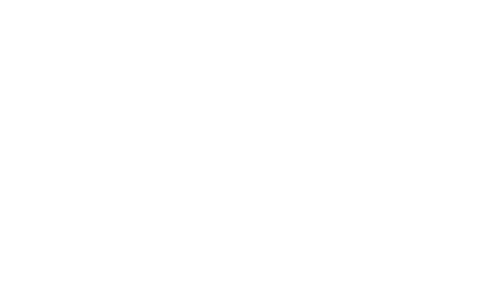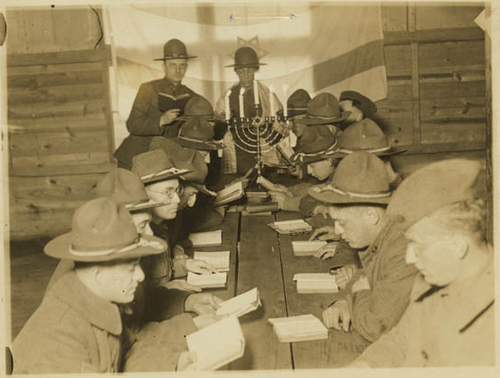by David P. Rosenberg, M.P.A., Senior Reference Librarian – Collections, Center for Jewish History
As a continuation of the series dedicated to digging deeper into the collections here at the Center in honor of Jewish Heritage Month, I’m going to explore finding aids and other tools that can help demystify archival research.
Often, I refer to the finding aid of a collection in responses to reference inquiries, blog posts and in my everyday work in the Reading Room. The Society of American Archivists has a Glossary of Archival and Records Terminology on its website. It defines a finding aid as “n. ~ 1. A tool that facilitates discovery of information within a collection of records. 2. A description of records that gives the repository physical and intellectual control over the materials and that assists users to gain access to and understand the materials.” There is a Wikipedia page that details the long history of the concept and explains that the tool can take many forms.
The staff of the Center and partner organizations are constantly working to make new finding aids and improve existing ones. These tools—often specific to the box and folder level of material—allow easier access to the relevant parts of large collections and often expose unknown connections of interest to researchers. The level of detail contained in most of the Center’s finding aids would never be possible in the much shorter catalog entries where many people start their research.
For example, this is a screenshot of the catalog entry for the Shad Polier papers held by the American Jewish Historical Society:

Whereas this is a screenshot of a section of the finding aid for the Shad Polier papers:

Many of the finding aids of the collections are available online. They make access to the over one-hundred million archival objects in our collections significantly “flatter” in many respects. Anyone with an Internet connection, from Brooklyn to Bombay, can see, in detail, what is contained in the collections.
When I compiled a list of materials in memory of Maurice Sendak, the Records of Jewish Media Service & the Phillip Applebaum collection did not appear in the search results of the catalog, but were discovered when I searched the text of the finding aids. Although the expertise of the archivists and partner staff who are intimately familiar with their collections is still indispensible, thanks to the finding aids, I did not need to know that Phillip Applebaum collected magazine articles about American Jews, or know about the existence and work of the Jewish Media Service, to find the archival collections. In my blog post about Jews and the Civil Rights Movement the finding aid of the Shad Polier papers helped point me to the exact folder with relevant material in the larger collection which is more than five linear feet of papers.
You can find finding aids in several parts of our website. This page lists selected finding aids alphabetically and by partner. Our catalog often links to the appropriate finding aids. When you use search.cjh.org you can generally click on “links” to facilitate the opening of the files. Digital.cjh.org will allow you to search all of the digital objects, be they digitized archives, dissertations or finding aids. Findingaids.cjh.org will direct you to the finding aids that have been digitized and are accessible through the digital.cjh.org portal.
Archivegrid.org is a website that lists the Center collections as well as the archives in many other facilities. According to its website, “thousands of libraries, museums, and archives have contributed nearly a million collection descriptions to ArchiveGrid.”
There are also printed guides to archives throughout the world. Although not as sophisticated as finding aids, they will help guide researchers to appropriate archival collections. The Guide to the YIVO Archive—available in the reading room and online here—won the 1998 Reference Award of the Association of Jewish Libraries. It has a wonderful index that not only points the researcher toward relevant collections but also underlines the most important entries to consult. The collections hold many similar guides including tools for the archives of the American Jewish archive, the Philadelphia Jewish Archives Center, and the United States Holocaust Memorial Museum.
Although finding aids, guides to the archives and other reference works are valuable tools, they cannot replace the expertise of an experienced professional. The staff members of the Center and the partners are happy to assist you in locating collections that may be relevant and navigating finding aids that may seem difficult to conquer at first. Feel free to submit a reference inquiry by emailing inquiries@cjh.org or clicking on the Ask a Librarian icon on our webpage.

